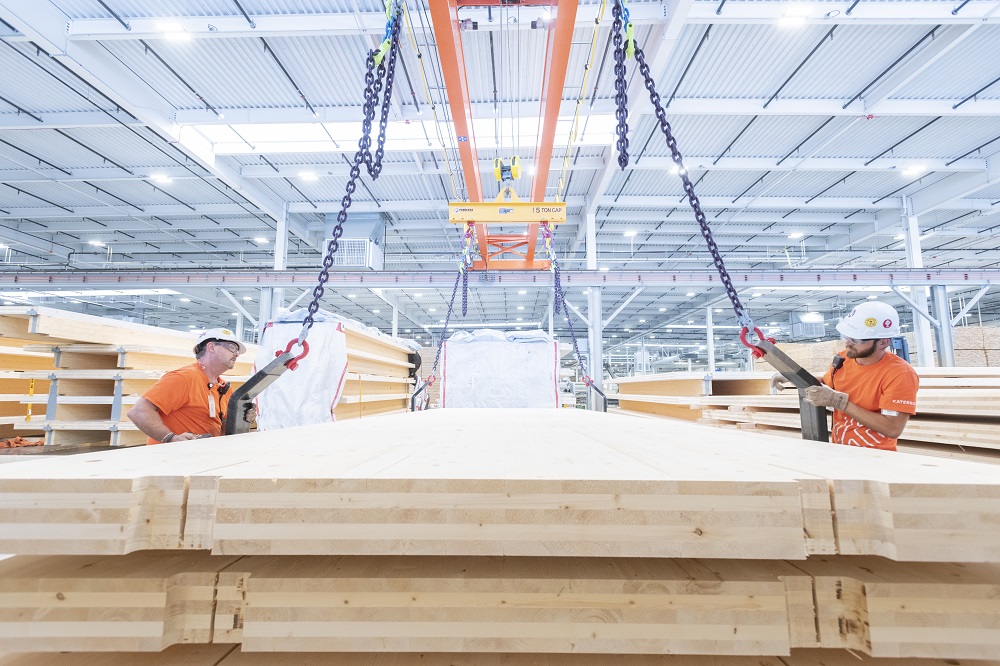The U.S. Green Building Council is constantly updating and changing how it scores and interprets how LEED points are calculated and distributed. Three recent interpretation rulings have been added to LEED’s addenda database. Below are the highlights:
SSC8- Light Pollution Reduction (LEED 2009)
For existing buildings, all translucent or transparent openings must have shielding that allows no more than 10% transmittance of light between the hours of 11pm and 5am. Since there is no interior light requirement in LEED V4, this ruling is not applicable in that version.
Building Product Disclosure and Optimization- Environmental Product Declarations (LEED V4)
Equipment such as elevators, escalators, process equipment, and fire suppression are allowed to contribute to the minimum of 20 products that are required in option one of the sourcing of raw material credit.
Durability Management (LEED V4- Homes)
Condensing clothes dryers that are connected to a drain are not required to sit on a drain pan
US Green Building Council | usgbc.org
Cement and concrete have been under the microscope for a number of years due to the amount of carbon created in the manufacturing process. There are many scientists throughout the world that are looking to crack the code on a new form of concrete-like material that has all of the benefits that concrete possesses. It’s a tall task, that’s why concrete has been used for hundreds of years. The latest example of scientific innovation comes from mushrooms.
As more and more battery powered heavy construction equipment is being released to help lower noise and emissions on the jobsite, I shouldn’t be that surprised to hear about a battery powered crawler crane – but, I still am.
Wood, a notoriously opaque substance, has apparently been resting on its laurels for far too long and not reaching its full potential, a team of researchers from Forest Products Laboratory (FPL), the University of Maryland, and the University of Colorado believes.
Asphalt is the material of choice for much of the roadways in the United States, but as everyone that’s ever driven in a car knows, the material is prone to cracking and potholing, creating a considerable maintenance problem. A new process being tested in California is showing promising results by using cold in-place asphalt and recycled plastic bottles.
With so many car manufacturers getting into the battery powered vehicle market, it was only a matter of time before the construction industry would start seeing more focus placed on its machines. While there are other, smaller pieces of equipment on jobsites now, CASE Construction Equipment has recently unveiled the industry’s first fully electric Backhoe Loader.
The USGBC recently released their 2019 ranking of the Top 10 US States for LEED construction, which is sorted by Gross Square Footage per Capita. That ranking system allows them to get a fair comparison of states, despite differences in population and number of buildings.
New York City is home to a large number of the United States’ tall and supertall buildings, many of which are wrapped in window glazing. All of those buildings come at a cost, though, as unsuspecting birds crash into these “invisible” buildings and die – by the millions – each year. A new law in NYC would help to reduce that number.
A couple of years ago, we shared an article about how Los Angeles was painting certain asphalt roads with a light, paint-like material made by CoolSense. Their hope was that it would reduce heat island effect in the warmest part of their city. A recent study has found that the coating may not actually have the effect that the city was hoping for.
Mass timber buildings have been a bit of a hot topic in the construction industry for the past few years, especially after Oregon became the first state to approve mass timber buildings up to 18 stories high, which was closely followed by the International Code Council approval of the same height in 2018.











Like most of the other electric machines that have been announced previously, Volvo promises that this midsized, 14 metric ton excavator will have the same performance as a similarly sized diesel version. The X03 is currently in the concept stage, so Volvo does not have immediate plans to bring it to market, but it shows the possibilities that electronics on heavy machinery can allow for.